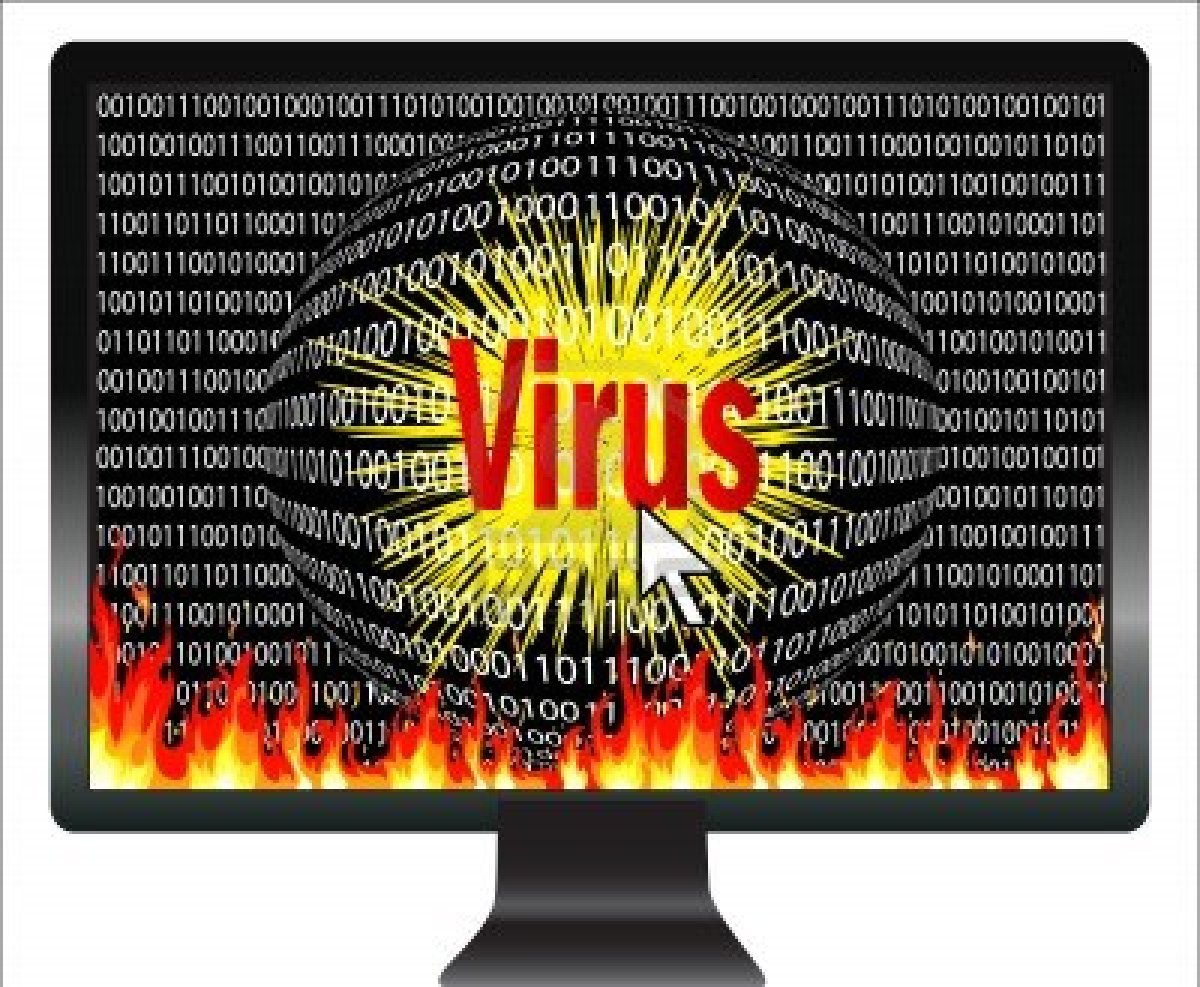Most businesses have reasonable levels of virus protection in their computer systems at the office. Anti-virus software and a firewall are becoming a basic standard these days and provided these defenses are kept updated they work pretty well.
This protection may scan emails for viruses and other inappropriate content, but it has its limitations and can result in legitimate mail and attachments being rejected or deleted. It also can’t prevent infection while viewing websites.
No system is foolproof. You just have to accept that there will always be hazardous websites and emails with attachments containing dangerous content.
Because few executives can avoid taking work home with them it’s often there where the trouble with workplace viruses begins. Protection of your home PC should be on a par with the office if problems are to be prevented.
This is often how a virus from a home PC gets to the office. Copying your weekend homework onto a floppy disk to take to work Monday morning can start the whole process from the inside.
What is a computer virus? It’s simply a program that spreads by infecting program files or the operating system areas of hard and floppy disks, and then makes copies of itself. It won’t do any physical damage but the information losses suffered by a business can be catastrophic.
Viruses are not designed by errant geniuses. They are the products of people with some computer programming abilities and very twisted minds who should be boiled in oil then locked up for the rest of their natural lives. (If you don’t feel that way now, you will if you ever lose several weeks of work and have to reformat a hard drive and reload all your programs after a virus infection.)
Sooner or later everyone with a PC connected to the internet is likely to encounter a virus. Commonly the source of infection is a part of or is tacked onto a legitimate document or program, and it activates when the document or program is downloaded and opened.
Viruses can infect a much greater range of files than commonly thought. It’s not only the “program” files that function as vectors. Virus codes have to be activated to take effect and this can happen by opening a spreadsheet or word processing document that contains infected macros.
Once an infected program or other file is opened the virus attempts to spread itself to other parts of the computer or other computers on a network.
When you start a program that’s infected by a virus, the virus code will execute (run) and try and infect other programs. This can infect the same computer or other computers connected to it on a network. The newly infected programs will try to infect more programs and computers.
Emails are a particular area of concern. Fortunately your PC can’t get a virus when you read a plain-text email message. The danger comes from encoded messages or attachments that contains embedded executable code.
If you receive an email with an attached file from an unknown source, delete it or at the very least copy it to a floppy disk and scan it with up-to-date anti-virus software before opening it. Once you open an attachment to an email message you can execute a virus code that will quickly infect your computer.
Check your email settings. If your email or news program has the ability to automatically execute JavaScript, Word macros, or other executable code contained in or attached to a message, you should disable this feature. (Users of Outlook Express should be especially careful.)
Here are some tips to help you avoid computer virus infections on your PC at home:
Install anti-virus software from a well-known company (Symantec and McAfee are worth considering) and update it regularly. Some antivirus programs scan all incoming emails which saves you the trouble of copying and checking them as a separate activity.
Install a Firewall. This is a barrier between your computer and the Internet and it adds to the level of protection against virus attacks.
Update your browser and email software. Major software developers like Microsoft regularly publish security updates for their products, but you have to download and install the security patches for them to work.
Scan any new programs or other files that may contain executable code before you run or open them. This applies even if you think you know where they come from. Be doubly careful about opening Word or Excel documents from unknown sources.
Finally, always back up your entire system on a regular basis. If this isn’t practical you should at least backup files that you can’t afford to lose.
Copyright 2003, RAN ONE Inc. All rights reserved. Reprinted with permission from www.ranone.com.

 Chris’ combination of academic credentials, career experience and temperament ideally suit his calling as a business development advisor. Clients say he has a mind for business and a heart for service.
Chris’ combination of academic credentials, career experience and temperament ideally suit his calling as a business development advisor. Clients say he has a mind for business and a heart for service.